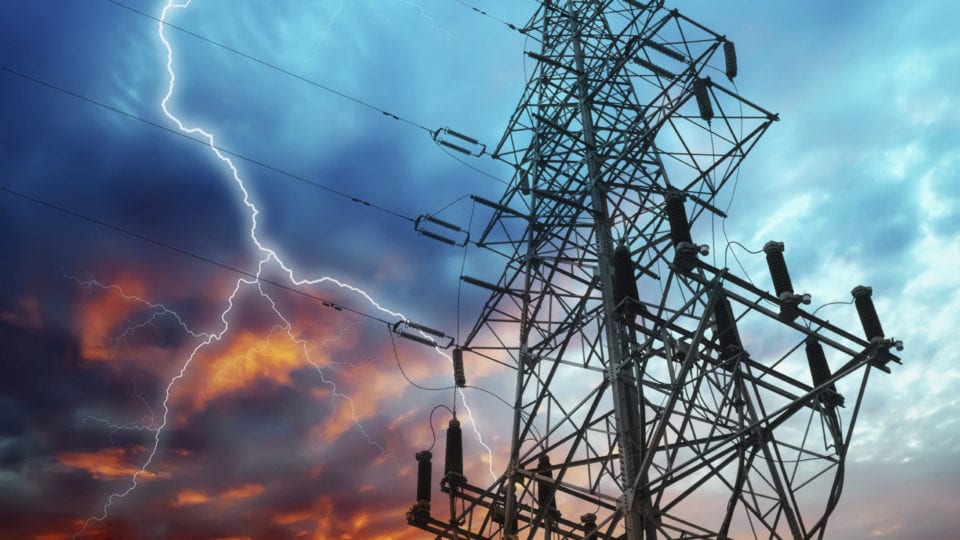Preparing the Power System for 2030
The Future Power System Architecture project is working to understand how the system should move forward to meet these changes in demand by 2030. Eric Brown provides a brief overview of the next stages of the programme.
28th February 2017 by Networks

In 2015 we embarked on a project with a 2030 horizon, focussing on the transformation of the GB electricity system to enable the country to respond to the challenges of decarbonisation. By we, I mean the Energy Systems Catapult (for whom I work), and the Institution of Engineering and Technology (IET); but we were not alone. Yes, we led, managed and supported the project but we didn’t do this in isolation; there was a broad range of organisations from across the power sector involved, in this example of genuinely collaborative working.
The outcomes of the Future Power System Architecture Project – FPSA for short, were made public last July at an event in Central London. At the event, we also made six key recommendations:
1. To align the development of the power system architecture with major policy commitments.
2. To create an implementation framework for delivery of the required functionality.
3. To deepen and extend the functional analysis through further refinement of functional requirements.
4. To develop a transition route map to ensure market mechanisms are maximised and the need for intervention by the government being minimal.
5. To extend the evaluation and identification of R&D and innovation requirements.
6. To maintain the momentum developed in the FPSA project by formalising and supporting cross-industry and inter-agency working.
So here we are in early 2017, six months after the report launch and only 13 years away from the 2030 target. It’s quite daunting when you consider how much can and must change in this timeframe. Such dramatic change is possible and there are some good examples from the last decade or so that have had a great impact on the way we live. We’ve gone from watching television in our living rooms through a black box at times defined by broadcasters to now watching what we want, when we want through extremely powerful pocket-sized gadgets. This gives some idea of the scale of energy system change and behavioural change required to ensure we meet the 2030 target.
We have now been given the green light to push ahead with FPSA2 thanks to funding from Innovate UK. The vision for FPSA2 is to work across the energy industry to understand more fully what is required and how the sector could work together to advance the implementation of the change in a coordinated way. The objective remains – assuring the power systems will be able to to respond to the challenges presented by the energy trilemma: decarbonisation; security of supply and; affordability.
In line with our and the IET’s approach to the energy challenge, FPSA2 is taking a whole systems approach, considering not only the networks but also the customer, enabling us to understand and determine the opportunities for users- people like you and I, in our homes.
Addressing some of the lessons from the first phase, FPSA2 will engage more widely across the industry, including with new and emerging players. We are also working with a number of external experts and specialists to deliver the project. Timescales are tight so it’s demanding, but also an exciting challenge. We have organised the work in various packages to manage the project more effectively. As mentioned, this project is a good example of collaborative working and I am pleased this approach has continued in FPSA2.
So, if you’re interested, why not read the summary report, and if you feel you can add value to the project then please get in touch. Our focus in the coming months is to deliver FPSA2 and we are aiming to circulate our findings in the Spring, so watch this space.
Comments
Login on register to comment
Related content

Power
The future for vegetation management
Why networks should focus on data not trees to overcome the costly challenges involved in vegetation management

Power
An unprecedented opportunity for change
Why short interruptions will matter in RIIO-ED2 and how to address them.

Power
Time for less talk and more action on decarbonisation
Core "oven-ready" solutions to decarbonising heat and transport exist today and should be implemented without delay, says WPD's future power networks expert.
Related supplier content

Power
Load patterns and lockdown: how Covid-19 is impacting electricity networks
Insights into dynamics on the low voltage network as the outbreak unfolds

Heat
How E.ON. is helping the City of London become a zero emissions city
Discover Citigen. Deep in the heart of our bustling capital

Power
The Innovation Factor: Managing the transition to smart communication technologies in the electricity distribution sector white paper
The transition from legacy communications systems to new technologies can seem daunting for organisations in the electricity sector. But with market dynamics changing rapidly